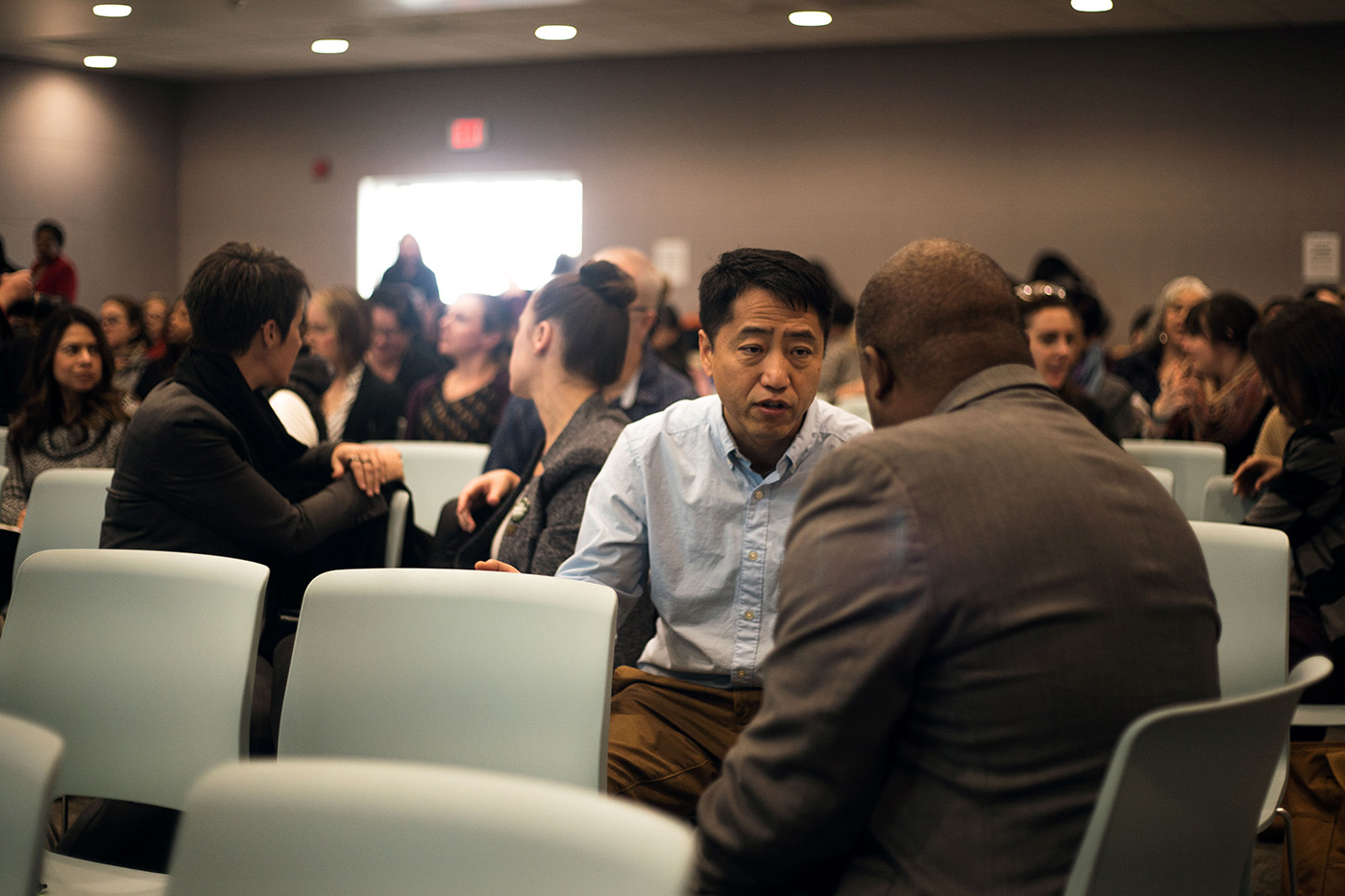All six colleges across campus will be required to create individual diversity and inclusion action plans following the results of the Cal Poly Experience (CPX) survey.
Vice President for Diversity & Inclusion and Chief Diversity Officer Jozi De Leon said she expects the plans to be ready by the end of next year as part of the latest phase of CPX announced Monday, Jan. 13.
“The expectation is that we’ll be ready to rock and roll in the fall with some of those initiatives that they’ve identified,” De Leon said.
The plans will be supervised by diversity expert Damon Williams. Williams was hired by the university last year to consult on creating a more inclusive culture on campus.
Williams said he hopes the discussions each college action plan creates will help the campus community feel empowered to intervene if they see injustice.
“So maybe [the incident] doesn’t go viral, maybe it doesn’t become a big issue because it got addressed locally, right?” Williams said.

De Leon said that she isn’t sure what the action plans will look like yet, but they will be catered to each college and department. She said that it’s a learning process and will take trial and error.
“What I’ve said to my colleagues is don’t expect that we’re going to get it right the first time, you know, perfect,” De Leon said. “It’s just a matter of beginning to think about diversity, equity, inclusion and what they might be able to do within their units. We have a lot of folks that are already doing great things.”
While the first campus dialogue explained the main goals of improving campus climate, an event on Monday was focused on the Collective Impact approach the Office of University Diversity and Inclusion (OUDI) adopted to address the issues defined from CPX.
Making change through Collective Impact is built around cross-sector collaboration as a whole rather than focusing on an individual sector, according to De Leon. Cal Poly has held Collective Impact forums since Fall 2017.
“Collective impact has been used in a variety of ways outside of higher education to really create social change,” DeLeon said during the presentation. “Big cities have used collective impact to address homelessness, food insecurity … any number of social issues. So collective impact was one way of really beginning to define and isolate the issues so that we can build solutions together.”
Collective Impact involves having a common agenda, shared measurement systems, mutually reinforcing activities, continuous communication and conducting a container for change.

